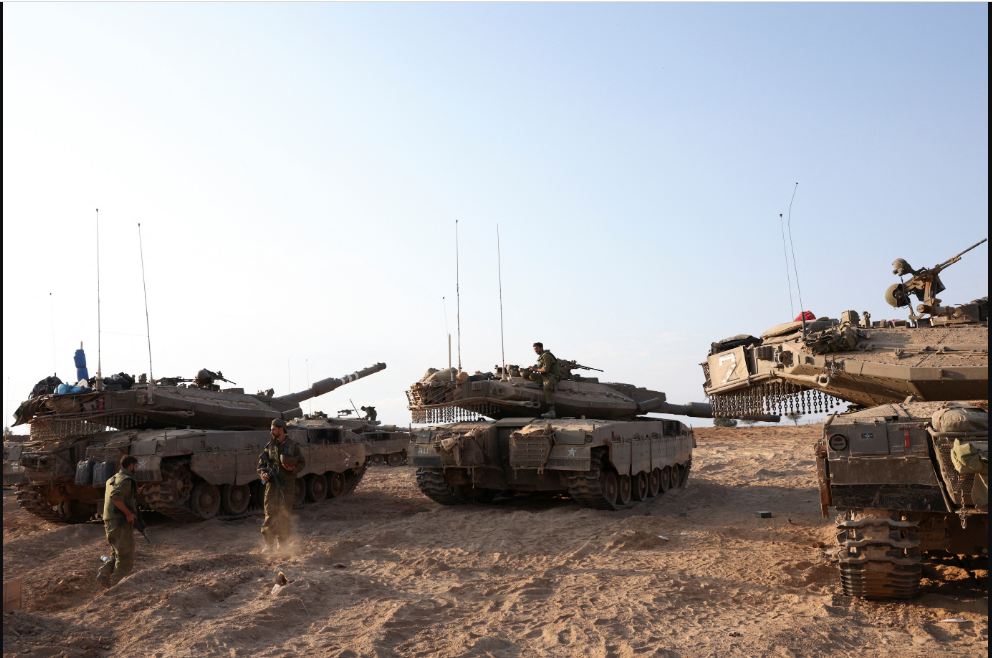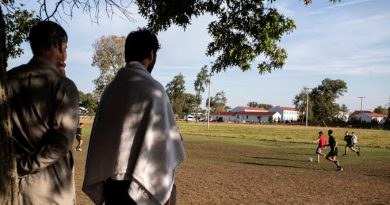Hegseth Visits South Korea for Talks on U.S. Troops, Tour of DMZ Border
Seoul – U.S. Defense Secretary Pete Hegseth arrived in South Korea on Monday to begin a key diplomatic and defense visit aimed at strengthening the long-standing alliance between Washington and Seoul.
The visit comes at a time when both nations are working to enhance security coordination in response to evolving regional challenges. Hegseth’s agenda includes discussions with South Korean Defense Minister Ahn Gyu-back and a tour of the Demilitarized Zone (DMZ), which remains a symbol of both division and peace efforts on the Korean peninsula.
During his stay, Hegseth will take part in the annual Security Consultative Meeting (SCM), an important platform where defense leaders from both countries review the status of their military cooperation and plan for future joint strategies.
The discussions are expected to focus on ensuring continued stability in the region and on ways to improve combined defense readiness in light of modern security threats.
Both sides are set to reaffirm their commitment to a robust defense partnership that has safeguarded peace for decades. This year’s talks will emphasize new areas of cooperation, including cyber defense, missile technology, and regional security initiatives.
Officials also plan to discuss adapting the alliance to address the changing security environment in the Indo-Pacific, including challenges posed by emerging military technologies and shifting power dynamics.
Washington is considering ways to make the role of the 28,500 U.S. troops stationed in South Korea more flexible and dynamic. The idea is to ensure they can effectively respond to a broader range of regional scenarios while maintaining strong deterrence on the peninsula.
This initiative aligns with a broader U.S. strategy to strengthen defense partnerships across Asia in response to regional developments. South Korea, while maintaining its priority of defending its territory, has also taken steps to expand its own defense capabilities through new investments and modernization programs.
Over the past two decades, South Korea has built one of the most advanced military forces in the region, with around 450,000 active personnel and world-class defense technology.
The government is planning one of the largest defense budget increases in years for 2026. This step is intended to further strengthen self-defense capacity and share the responsibility of maintaining regional peace.
Both nations share the view that maintaining a balanced and stable Indo-Pacific region is essential for long-term prosperity. The alliance between the United States and South Korea remains one of the strongest military partnerships in the world, based on shared democratic values and mutual trust.
Hegseth’s visit also highlights the importance of dialogue and cooperation in addressing shared challenges such as missile threats, cyberattacks, and maritime security.
A symbolic moment of the trip will be Hegseth’s visit to the Panmunjom truce village in the DMZ, where he will be joined by South Korea’s Defense Minister Ahn Gyu-back. The site stands as a reminder of past tensions but also as a place of hope for peace and reconciliation.
Despite regional challenges, the United States and South Korea continue to pursue diplomatic engagement and defense readiness to ensure peace and stability on the peninsula.
Hegseth’s meetings are expected to reinforce mutual understanding, strengthen coordination, and set a positive tone for future defense collaboration.
Both leaders are determined to preserve peace and stability in the region through deterrence, cooperation, and innovation.
The visit underlines a shared belief that lasting peace can only be achieved through unity, preparedness, and partnership.


